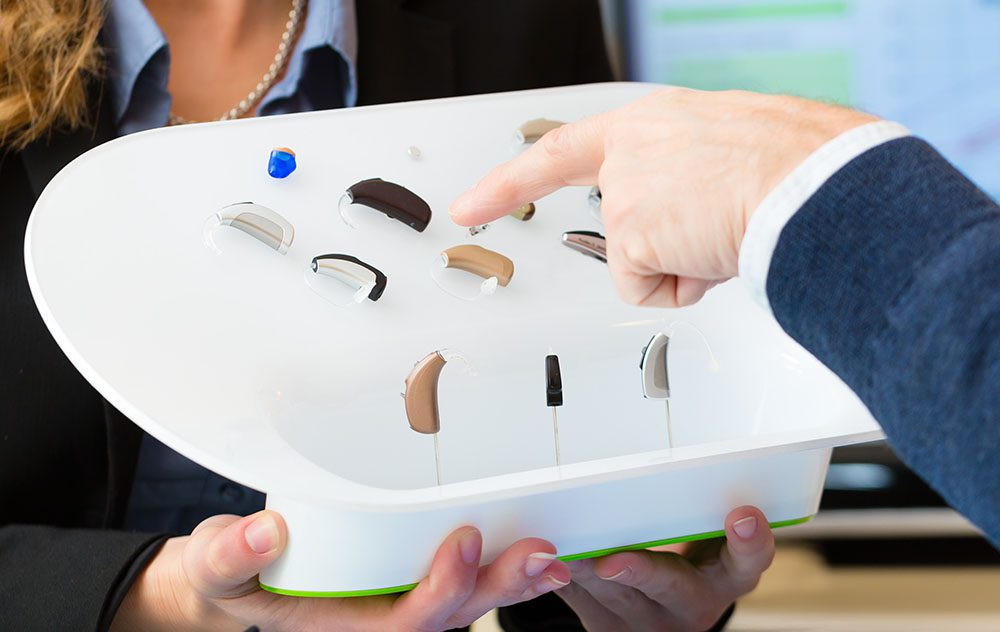The Role of Hearing Health in Aging Gracefully
As people grow older, attention often goes to staying physically active,


As people grow older, attention often goes to staying physically active,

The Audiology Offices and the American Academy of Audiology Reminds the

When seasonal allergies strike, they affect more than just your nose and